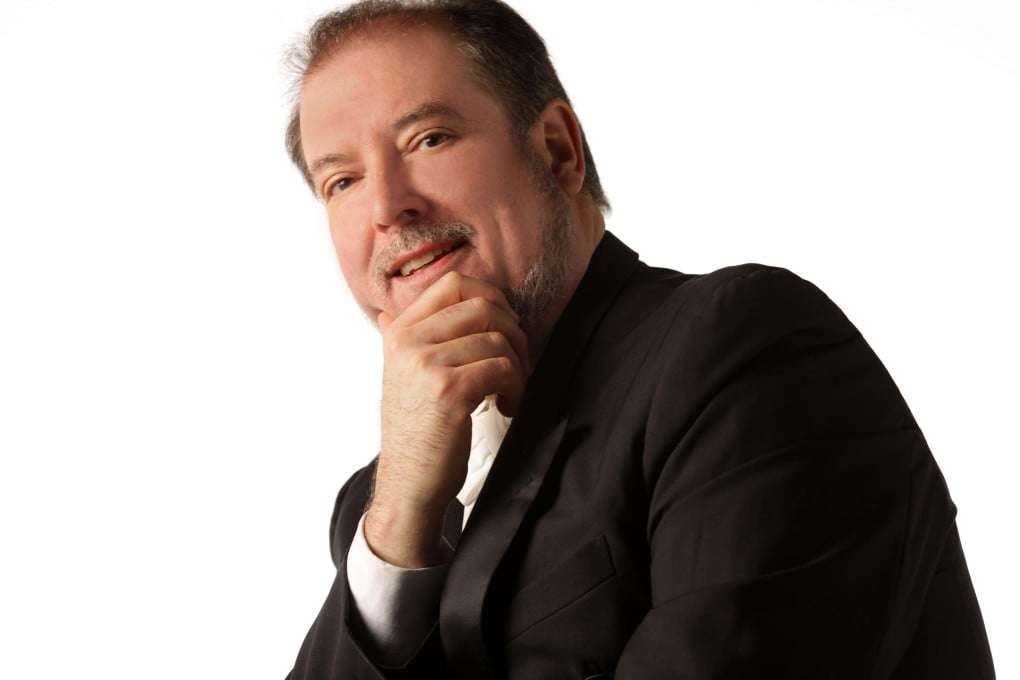
For anyone with the nous to read between the bar lines, Beethoven's Fourth Symphony bursts at the seams with wit and sparkle, yet we always hear it's his least-played symphony.
Andrew Grams' performance with the Hong Kong Philharmonic, at the Cultural Centre Concert Hall, was the sort of reading that went a long way to explaining why; the work demands imagination in the use of extremes to bring it alive, but the conductor operated out of a narrow waveband of dynamics and articulation, underplaying the mischief of Beethoven's sudden surprises and taking the edge off his punchy, syncopated rhythms. The most obvious chances for serving up passages with a twinkle in the eye were ignored - the overall account sounding like a jester imprisoned in a highly starched shirt.
The programme opened with Mozart's The Magic Flute overture. Grams had his head buried in the score throughout; if he was looking for inspiration to find ways to make it grab the attention as a concert-opener, he didn't find it.
Yet after the arrival of Garrick Ohlsson (above) as soloist in Brahms' Piano Concerto No 2, things began to look up; the American's approach to the work was overarching, melding technical assurance with an intelligent delivery.
The piano that Brahms had in his sitting room was incapable of producing the beef of a modern instrument, leading to the question of how much one should try and recapture what Brahms had at his fingertips, and how much the sounds should be pumped up to the muscle of today's keyboards. Ohlsson found a persuasive compromise, never leaning into the notes so hard that the clarity of inner lines was distorted, and using the softer end of the spectrum to romantic effect.